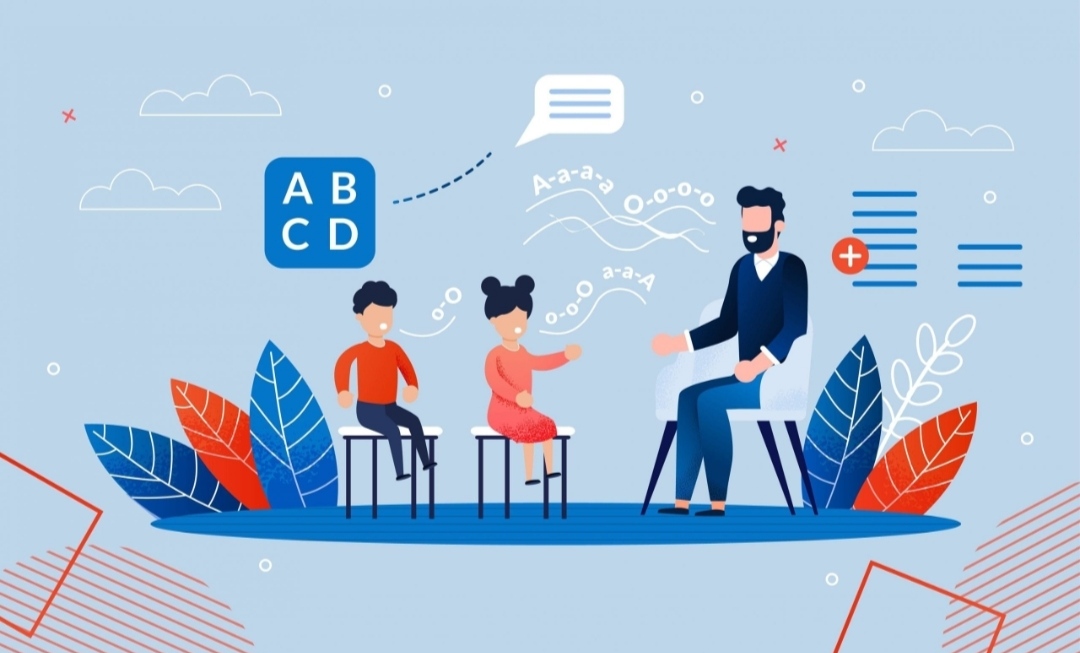Millions of children around the world are excluded from access to education because of a disability – robbing them of their potential and diminishing our society.
On this course you will learn about inclusive education, understanding what barriers there are to learning and how to challenge them. Over six weeks you will learn from a range of people with experience of disability, discovering practical ways to create a more inclusive learning environment that you can apply in your own area.
Join us and help create a world where learning is for all children.
Inclusive teaching refers to pedagogy that strives to serve the needs of all students, regardless of background or identity, and support their engagement with subject material. Hearing diverse perspectives can enrich student learning by exposing everyone to stimulating discussion, expanding approaches to traditional and contemporary issues, and situating learning within students’ own contexts while exploring those contexts. Students are more motivated to take control of their learning in classroom climates that recognize them, draw relevant connections to their lives, and respond to their unique concerns
Inclusive teaching builds upon an instructor’s basic instinct to ensure all voices are heard and that all students have a chance to participate fully in the learning process, by digging a little deeper into why participation imbalances exist. To develop this complex climate, instructors must practice a mixture of intrapersonal and interpersonal awareness, regular curriculum review, and knowledge of inclusive practices (Salazar et. al, 2009). In particular, inclusive teaching begins by considering a variety of concerns: why do some types of students seem to participate more frequently and learn more easily than others? How might cultural assumptions influence interaction with students? How might student identities, ideologies, and backgrounds influence their level of engagement? Finally, how might course and teaching redesign encourage full participation and provide accessibility to all types of students? Instructors can consider a variety of examples and strategies for mastering inclusive teaching pedagogy.Examples
Inclusive teaching strategies can be separated into two categories.
Incorporating diverse perspectives into course content by expanding reading lists beyond white male authors, offering various ethnic and racial perspectives in case studies, ensuring PowerPoints and lecture examples offer a variety of human examples, and avoiding tokenizing particular individuals, students, or representations.
Creating an inclusive classroom climate where all students are encouraged to participate, by learning about students’ backgrounds and tailoring approaches accordingly, establishing ground rules for discussing controversial issues, and developing (and helping students develop) deeper racial and socioeconomic awareness.




